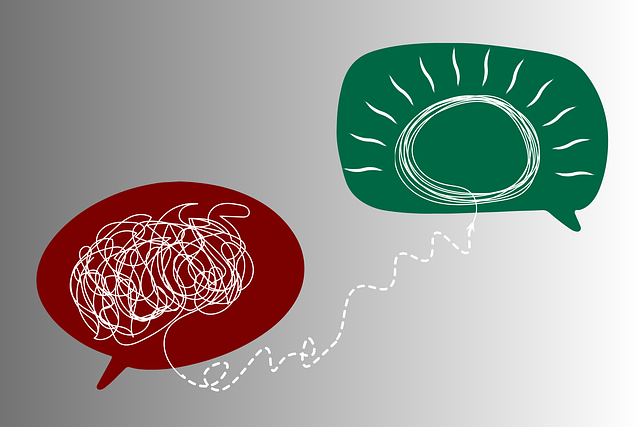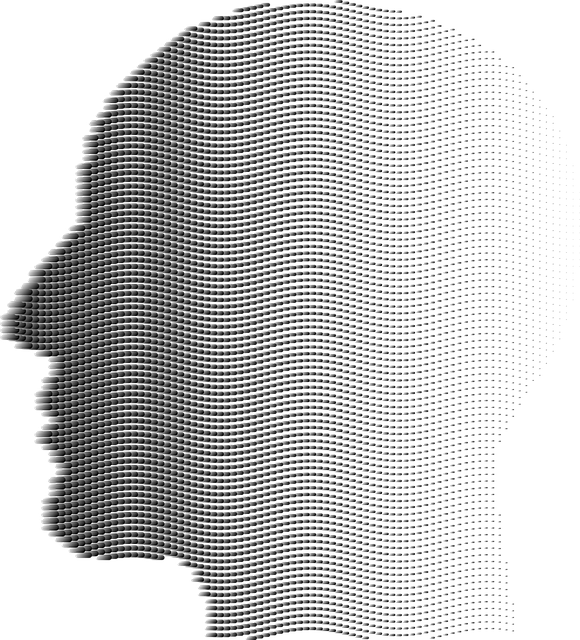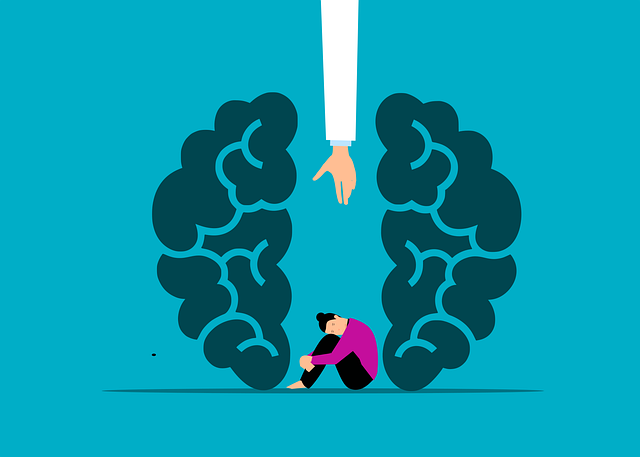Broomfield American Sign Language Therapy (BALT) offers a unique, innovative mental wellness approach using ASL as a therapeutic tool, gaining recognition for its emotional regulation effectiveness. BALT focuses on compassion cultivation within the sign language community, providing an accessible non-verbal communication method for those who find traditional talk therapy challenging. They use both qualitative and quantitative assessment techniques for holistic evaluation, including interviews, focus groups, pre-post program surveys, and statistical analysis to track improvements in stress levels, symptom reduction, and overall well-being. This dual approach allows BALT to refine programs, ensure participant comfort, and address potential risks, fostering healthier communities.
Mental wellness program evaluations are vital for ensuring effectiveness and improving support systems. This article explores comprehensive evaluation methods, focusing on the unique role of Broomfield American Sign Language Therapy (BALT) in mental health care. We delve into various assessment techniques, from quantitative metrics and data analysis to qualitative feedback analysis, offering insights into BALT’s impact. Understanding these evaluation approaches is crucial for optimizing mental wellness initiatives and enhancing user experiences within sign language therapy programs.
- Understanding Broomfield American Sign Language Therapy (BALT) and its Role in Mental Health
- Assessment Techniques for Evaluating Mental Wellness Programs
- Quantitative Evaluation Methods: Metrics and Data Analysis
- Qualitative Feedback and User Experience Analysis in BALT Programs
Understanding Broomfield American Sign Language Therapy (BALT) and its Role in Mental Health

Broomfield American Sign Language Therapy (BALT) offers a unique and innovative approach to mental wellness by incorporating American Sign Language (ASL) as a therapeutic tool. This method has gained recognition for its effectiveness in promoting emotional regulation, a crucial aspect of mental health awareness. BALT focuses on the development of compassion cultivation practices within the sign language community, fostering a supportive environment for individuals seeking therapy.
By using ASL, BALT provides an accessible and non-verbal means of communication, which can be particularly beneficial for those who find traditional talk therapy challenging. This approach allows for the expression of complex emotions and thoughts in a different, yet powerful, manner. The use of signs and gestures encourages visual-spatial thinking, enhancing emotional understanding and regulation, key components in the broader mental health landscape.
Assessment Techniques for Evaluating Mental Wellness Programs

When evaluating mental wellness programs, a multifaceted approach is essential to gain a comprehensive understanding of their effectiveness. Assessment techniques should encompass both qualitative and quantitative methods to capture the nuanced impact on participants’ mental health journeys. Qualitative assessments, such as interviews and focus groups, provide valuable insights into individuals’ experiences, perceptions, and personal growth. These methods allow for an in-depth exploration of emotional shifts, changes in self-perception, and improvements in interpersonal relationships, often highlighted by participants in programs like Broomfield American Sign Language Therapy (ASL) that adhere to Mind Over Matter principles.
Quantitative measures, on the other hand, offer statistical data and metrics to evaluate program success. Pre- and post-program surveys, for instance, can gauge changes in mental health symptoms, stress levels, and overall well-being using validated scales. Additionally, risk management planning for mental health professionals, including burnout prevention strategies, should be integrated into evaluation frameworks. By combining these assessment techniques, practitioners can comprehensively assess the success of mental wellness programs, identify areas for improvement, and ensure they meet the unique needs of their clientele, ultimately fostering healthier communities.
Quantitative Evaluation Methods: Metrics and Data Analysis

Quantitative evaluation methods play a crucial role in assessing the effectiveness of mental wellness programs offered by institutions like the Broomfield American Sign Language Therapy (BASLT). These methods involve the collection and analysis of numerical data to gain insights into program performance. Metrics such as pre-post test scores, participant attendance rates, and completion percentages are key indicators of success. For instance, a stress management workshop organized by a company might track participants’ perceived stress levels through validated scales before and after the intervention.
By comparing these quantitative data, BASLT can measure the impact of its programs on stress management, resilience building, and social skills training. Advanced statistical techniques, such as regression analysis, can help identify factors contributing to positive outcomes. This data-driven approach allows for continuous improvement, ensuring that mental wellness programs remain effective and aligned with participants’ needs.
Qualitative Feedback and User Experience Analysis in BALT Programs

The evaluation of mental wellness programs, such as those offered by Broomfield American Sign Language Therapy (BALT), often incorporates qualitative feedback and user experience analysis to gain deeper insights into their effectiveness. This involves gathering firsthand accounts from program participants through surveys, interviews, and focus groups. By examining attendees’ perceptions, emotions, and overall satisfaction, BALT can identify what works well and pinpoint areas for improvement. Qualitative data provides a nuanced understanding of the program’s impact on users’ mental wellness journeys, especially in unique aspects like sign language therapy.
User experience analysis plays a pivotal role in refining these programs, ensuring they remain relevant and beneficial. For instance, BALT might uncover valuable feedback related to the accessibility of their services, the competence of therapists, or the overall comfort level participants feel during sessions. This information is crucial for implementing changes that enhance self-esteem improvement and stress management workshops organized by mental health professionals. Moreover, it contributes to effective risk management planning by identifying potential hazards within the program structure and allowing for proactive adjustments.
Broomfield American Sign Language Therapy (BALT) offers a unique approach to mental wellness evaluation, integrating qualitative and quantitative methods for comprehensive program assessment. By combining sign language therapy with advanced data analysis techniques, BALT ensures tailored interventions and improved user experiences. This multi-faceted evaluation strategy not only measures the effectiveness of mental health programs but also considers the nuanced needs of diverse communities, ultimately enhancing access to quality care.














